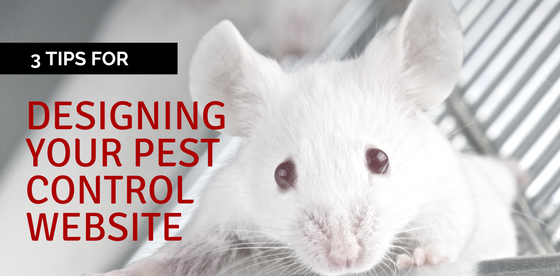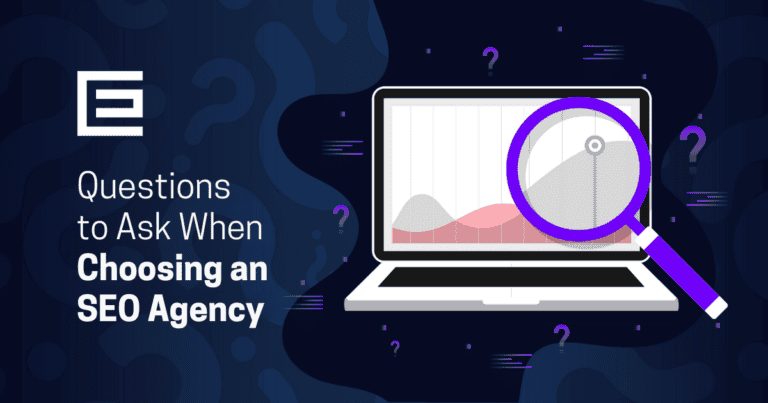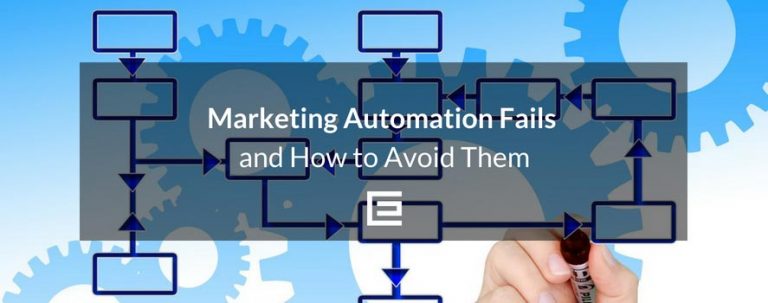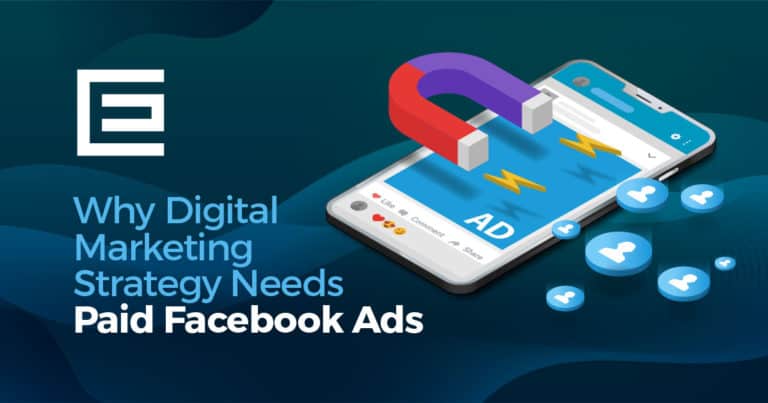
SEO is Key
Search engine optimization (SEO) can make or break your website – how could your potential clients find you if you’re not showing up in the right places? That being said, a part of working on your website’s SEO is determining who are your clients, and what are they looking for. Are you planning on providing service to homeowners or on a commercial level? Do you serve one town, an area up to 50 miles in radius, or the whole state? Do you accept all clients, or do age and money play a factor? Determining who you should be selling to will affect who you want to target your website and off-site optimizing toward, and how they reach it. Additionally, what they are looking for, and what kind of business you have will affect it as well. Think about your exterminator business and how you might best describe it in only a few words, or do some research about what keywords or key phrases someone would associate with your business, such as “residential pest control” or “commercial exterminator maintenance.” These are important to use throughout your website from the page headings to the meta descriptions to make sure that your website is showing up for the right searches.Customers Want Content
 Think about how your clients feel just as they’re getting ready to call you or to search for an exterminator – they’re disgusted and grossed out by bugs in their personal space, they want the situation taken care of, and most importantly they want information.
Your potential customers don’t just want to know your phone number and where you’re located. There are several forms of content that your pest control website should have that will get you more attention from the clients that you want and to keep people on your site longer.
Service pages are a big draw, as your customers will want to know exactly what your expertise is and what you can do for them. If you’re equipped to handle cockroaches and silverfish, but not bed bugs, your service pages should indicate that. If you only do commercial services and not residential, that should be made clear. Are you available within 24 hours, or do your customers need to schedule an appointment sometime next week? Make sure your service pages make it clear.
Generally, most people don’t know how pest control works, what you’ll actually be doing in their homes, or even how to identify what pests have infested their home or office. A blog section, learning section, or even a Frequently Asked Questions (FAQ) section can help give your potential pest control customers a sense of ease and a sense of appreciation towards your business.
Recommendations are the basis for how many people make their purchasing decisions, so testimonials from your previous clients should also be featured prominently on your website. Even linking to star ratings can help entice potential customers.
Think about how your clients feel just as they’re getting ready to call you or to search for an exterminator – they’re disgusted and grossed out by bugs in their personal space, they want the situation taken care of, and most importantly they want information.
Your potential customers don’t just want to know your phone number and where you’re located. There are several forms of content that your pest control website should have that will get you more attention from the clients that you want and to keep people on your site longer.
Service pages are a big draw, as your customers will want to know exactly what your expertise is and what you can do for them. If you’re equipped to handle cockroaches and silverfish, but not bed bugs, your service pages should indicate that. If you only do commercial services and not residential, that should be made clear. Are you available within 24 hours, or do your customers need to schedule an appointment sometime next week? Make sure your service pages make it clear.
Generally, most people don’t know how pest control works, what you’ll actually be doing in their homes, or even how to identify what pests have infested their home or office. A blog section, learning section, or even a Frequently Asked Questions (FAQ) section can help give your potential pest control customers a sense of ease and a sense of appreciation towards your business.
Recommendations are the basis for how many people make their purchasing decisions, so testimonials from your previous clients should also be featured prominently on your website. Even linking to star ratings can help entice potential customers.
The CTA Should Be Large and In Charge
Think about what you want your customers to do when they visit your site. Yes, yes, you want them to book an appointment with you, but we mean literally – how do you want your clients to contact you through your pest control website? Do you want them to call you directly, fill out a form with their information, or email you? Your Call-To-Action (CTA) will help point them in the right direction. Using strong, imperative words, tell your website visitors exactly what you want them to do: “Call Now for an Estimate,” “Tell Us What You Think,” and “Request a Quote” are strong enough to direct your visitors to the action you want them to take. These words, combined with a link or button, will turn your potential customers into real clients once they’ve interacted with you.Do you need help in designing your pest control website? Our web designers and digital marketing team have worked with several exterminators/pest control businesses to help them meet their goals. Contact TheeDigital to receive the web design and digital marketing solutions that you need by calling at 919-341-8901, or schedule your free consultation.
Tags: Digital Marketing • Pest Control Marketing • Web Design






